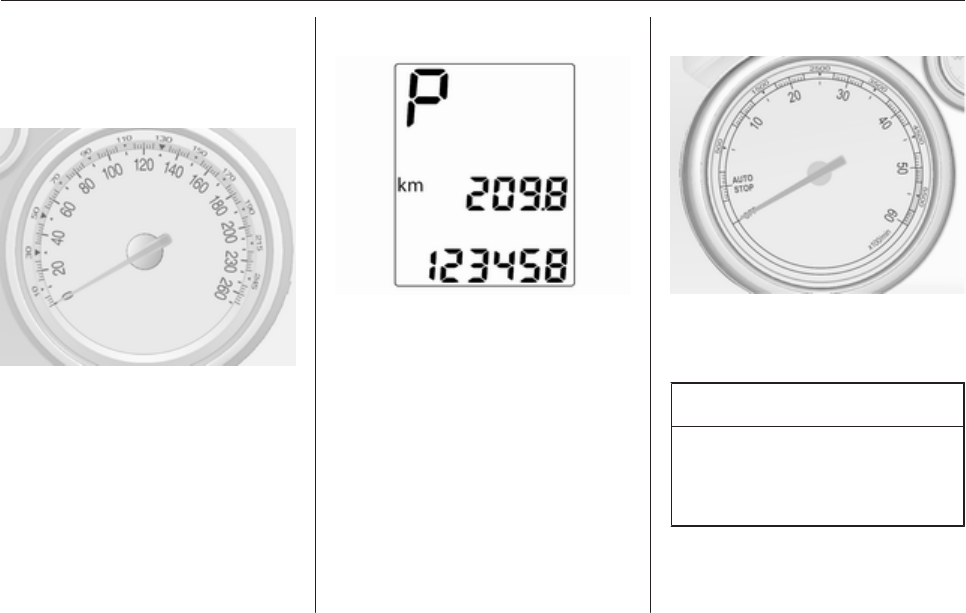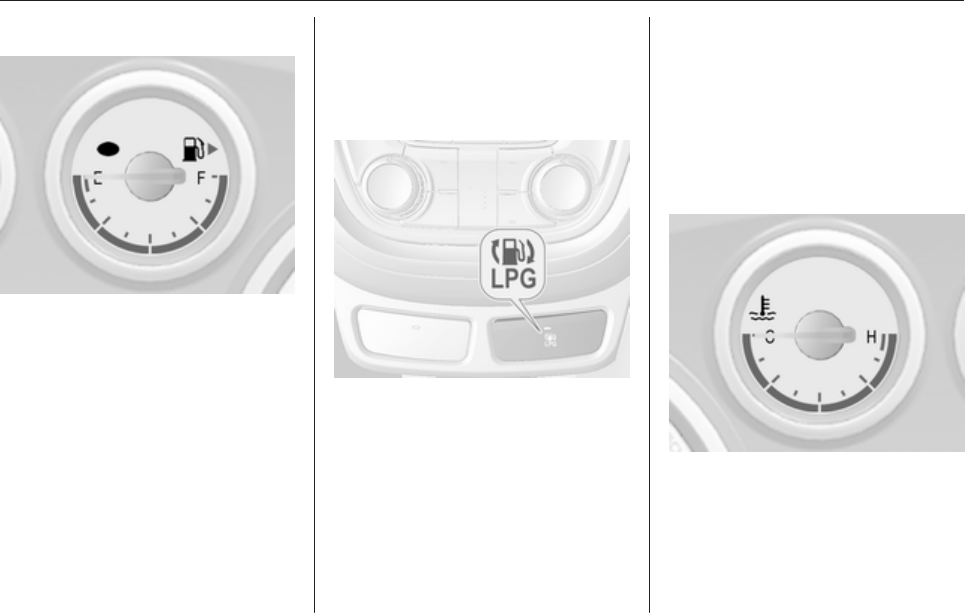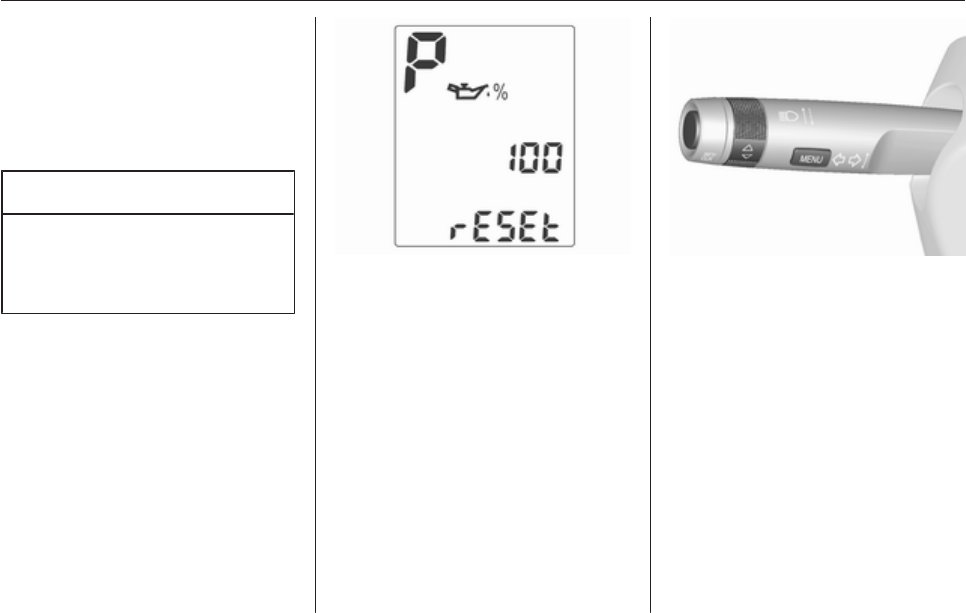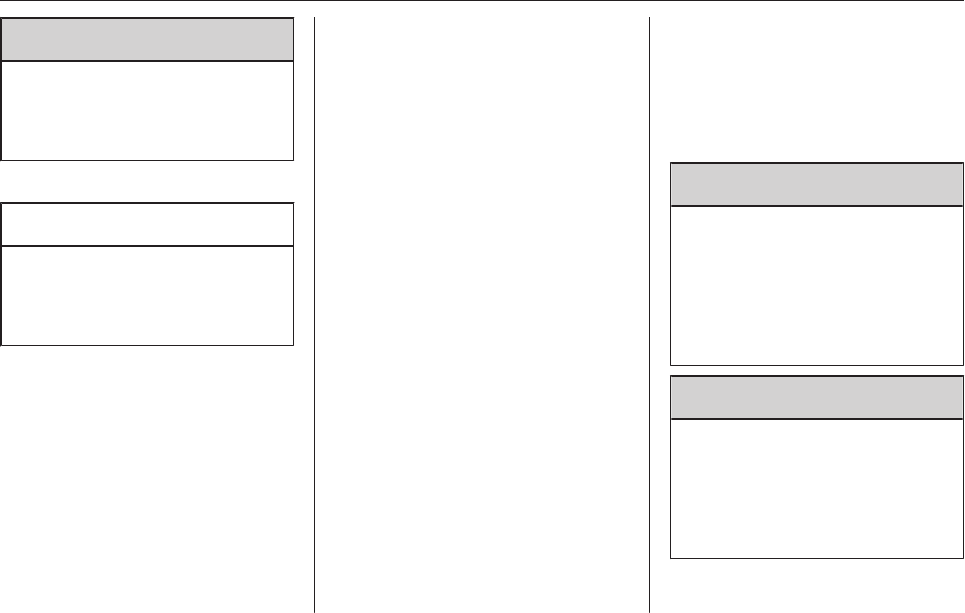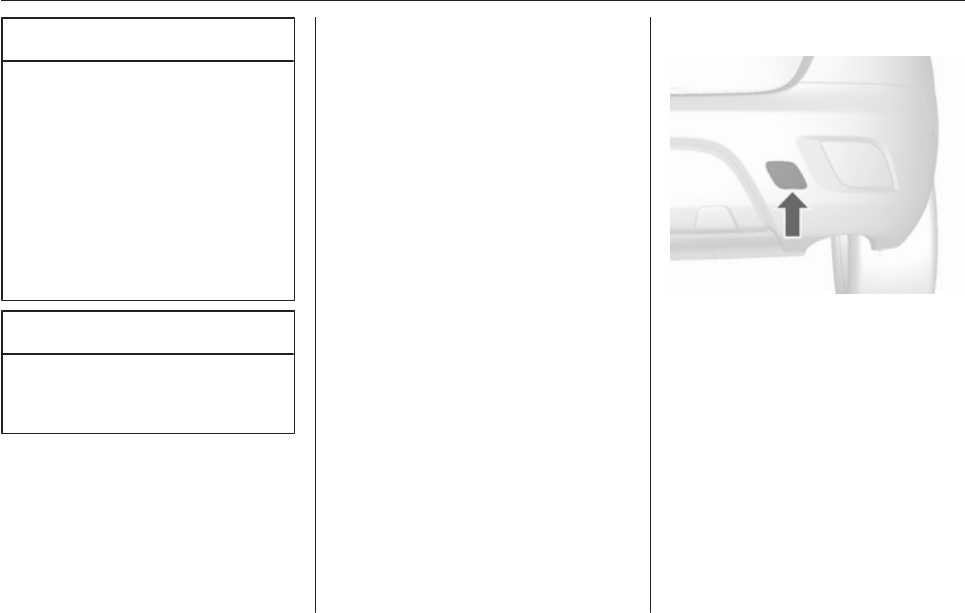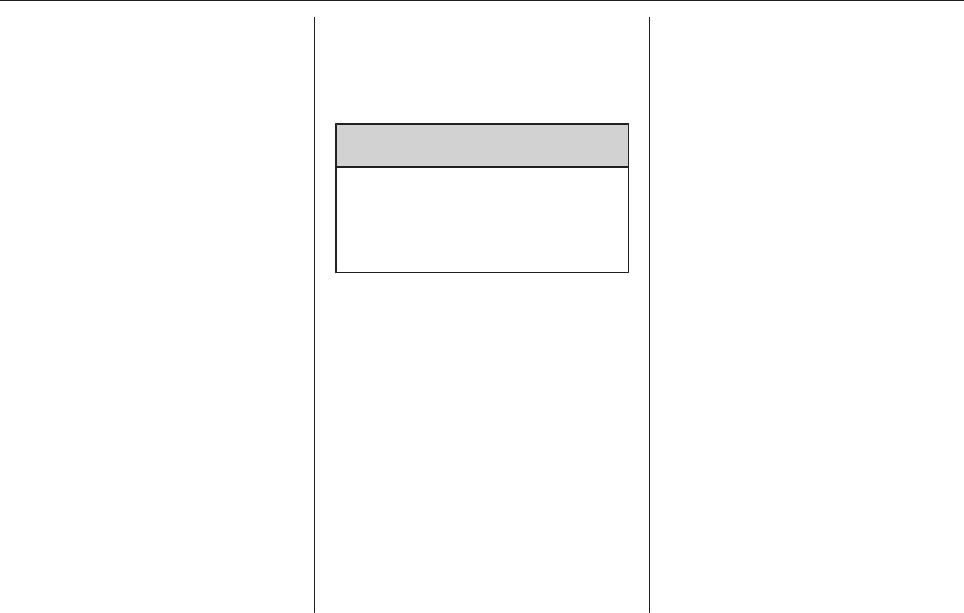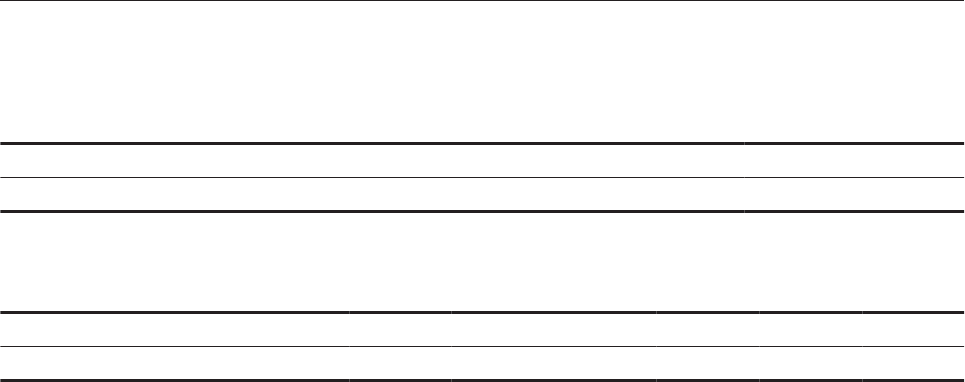-
Om de hoeveel km moet je distribitieketting vervangen van opel mokka 1.4 turbo Gesteld op 23-4-2022 om 15:25
Reageer op deze vraag Misbruik melden -
opel mokka 16 bouwjaar 2013 distrubutie riem of ketting Gesteld op 6-4-2022 om 21:25
Reageer op deze vraag Misbruik melden -
Heeft mijn opel mokka x van 2019 kenteken ZH-212-R een distrebutie riem of ketting Gesteld op 17-4-2021 om 17:56
Reageer op deze vraag Misbruik melden -
ik hoor niets als ik opgebeld worden met de telefoon
Reageer op deze vraag Misbruik melden
Gesteld op 14-11-2020 om 12:19 -
daglicht instellen op navigatiesysteem opel mokkka 2015 Gesteld op 26-10-2020 om 17:16
Reageer op deze vraag Misbruik melden -
kan ik de afmetingen van de mokka krijgen van de auto en de wielen Gesteld op 21-9-2020 om 11:24
Reageer op deze vraag Misbruik melden
-
Goede morgen. Mijn Opel Mokka is bij de spuiter geweest en nu is mijn dashbord geblokkeerd. Hoe nu verder Gesteld op 15-1-2020 om 11:35
Reageer op deze vraag Misbruik melden -
Wie kan mij vertellen hoe de bediening werkt van schuif/kanteldak omdat deze niet open gaat ? Gesteld op 16-8-2018 om 15:58
Reageer op deze vraag Misbruik melden-
Helaas kan ik deze vraag niet beantwoorden omdat mijn Opel Mokka van 2014 geen schuif/kanteldak bezit Geantwoord op 16-8-2018 om 16:21
Waardeer dit antwoord Misbruik melden
-
-
Hoe stel ik automatische verlichting in bij het ontgrendelen van de deuren Gesteld op 12-1-2017 om 17:52
Reageer op deze vraag Misbruik melden-
Door 3 x op je afstandbeding te drukken Geantwoord op 29-3-2019 om 11:51
Waardeer dit antwoord (3) Misbruik melden
-
-
heeft een opel mokka als distributieriem een ketting of riem? Gesteld op 11-1-2017 om 01:10
Reageer op deze vraag Misbruik melden-
Deze heeft een ketting Geantwoord op 25-5-2019 om 19:19
Waardeer dit antwoord (151) Misbruik melden
-
-
Heeft de Opel mokka 1.4 turbo ook een distributieriem of ketting ?? Geantwoord op 11-9-2020 om 11:13
Waardeer dit antwoord (229) Misbruik melden -
opel mokka 16 ketting of riem 2013 Geantwoord op 6-4-2022 om 21:17
Waardeer dit antwoord (34) Misbruik melden















































































